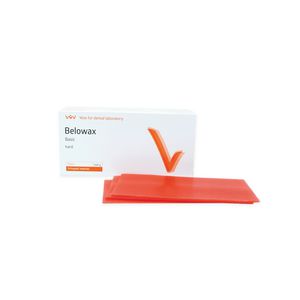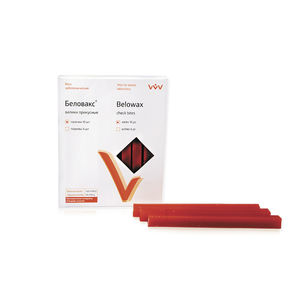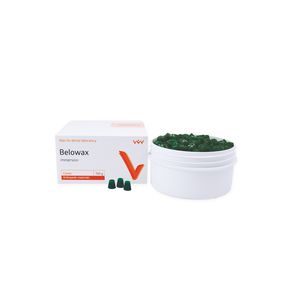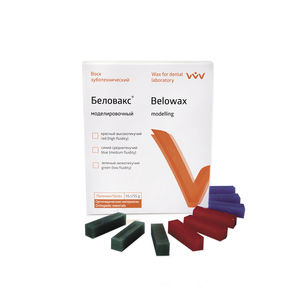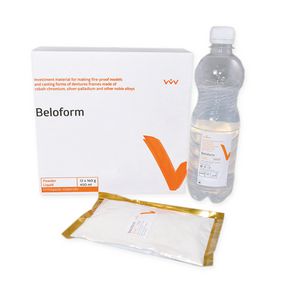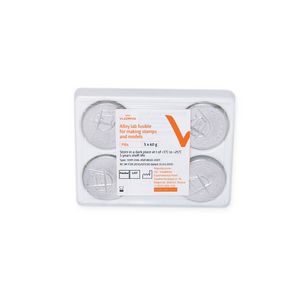
Porcelain dental material ULTROPALINEfor dental laboratoriesfor dental crownsfor dental bridges

Add to favorites
Compare this product
Characteristics
- Type
- porcelain
- Applications
- for dental laboratories, for dental crowns, for dental bridges
- Color
- transparent
- Other characteristics
- opaque
Description
-
PURPOSE
- «Ultropaline» is an universal porcelain mass used for facing unit-cast ceramic frames when producing cermet crowns and dental bridges. It is produced by firm «VladMiVa» together with «Jendental»(Ukraine).
FEATURES
- «Ultropaline» ceramic mass meets all the requirements made to cermet materials. «Ultropaline» ceramic mass is obtained by mixing clean oxides, hydroxides or salts, their alloying at temperature 1400°C and further ceramization. «Ultropaline» porcelain mass is a synthetic ceramic mass. «Ultropaline» thermal expansion characteristics are identical to those of cermet masses used nowadays. Due to small size of leucite microcrystallites and their high density, «Ultropaline» mass features high mechanical strength and flexural strength. Preliminary cast and oxidized prosthesis should be covered with 2-3 layers of opaquer and then dried out and burned. Opaque mass is intended forproviding chemical and mechanical bonding of porcelain mass with frame metal surface. It is also used to hide oxide layer of metal and to provide thenecessary colour of metal cap. Opaquer features high adhesion to oxide layer of frame, high fluidity at high temperatures, good covering capacity and low shrinkage at burning.When producing main part of prosthesis, dentine mass is used. It provides the natural colour of the tooth. To obtain good optic characteristics, opaque-dentine and cervical masses, opalescent modifier and transparent agents are used. Half-finished products are burned in the oven.
Catalogs
Dental Catalog
136 Pages
Related Searches
- Dental material
- Restoration dental material
- PMMA dental material
- Dental prosthesis dental material
- Modeling dental material
- Dental crown material
- Biocompatible dental material
- Dental bridge material
- Wax dental material
- Ceramic dental material
- Dental laboratory dental material
- Casting dental material
- Opaque dental material
- Composite dental material
- Impression tray dental material
- Liquid dental material
- Silicone dental material
- Photopolymerizable dental material
- Orthodontic material
- Transparent dental material
*Prices are pre-tax. They exclude delivery charges and customs duties and do not include additional charges for installation or activation options. Prices are indicative only and may vary by country, with changes to the cost of raw materials and exchange rates.




